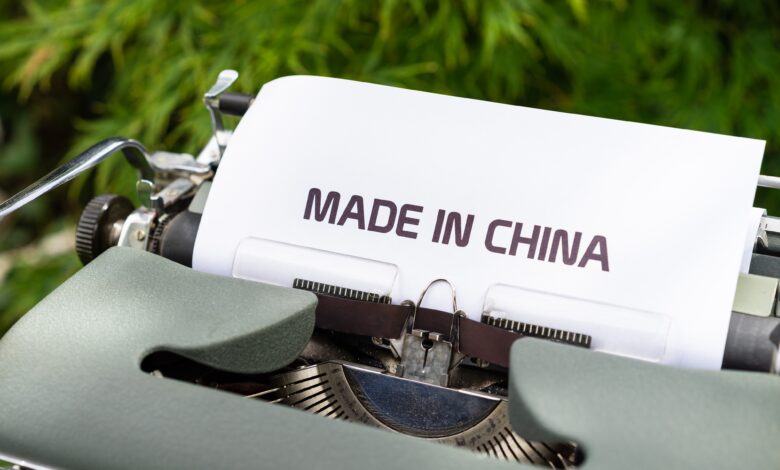What Is The Deal With “Made-In-China”?

As the old joke goes, God created life, and the rest was Made-in-China. Yes, China exports more goods than any other country. The “Made in China” label continues to appeal, despite the costs, because Chinese manufacturers have the ingenuity to work directly from samples, providing greater expediency.
As a global leader in manufacturing, China’s economy is booming, and its goods are in abundance. The majority of tags, labels, and stickers announcing “Made in China” can be found on various products. Customers may therefore question, “Why is everything made in China?”
Why Is Just About Everything Made In China?
The abundance of lower-paid workers in China is one of the reasons companies choose to produce their goods there.
There is a lot more to Chinese products’ popularity than just the fact that there is an abundance of cheap labor available in China, which lowers production costs. But it’s also due to the country’s robust business environment, lack of regulatory compliance, low taxes and duties, and competitive currency practices.
The phrase has earned a reputation over the past 20 years and has become widely used due to the growth of fast fashion and online shopping. The terms “made in China” and “why is everything made in China” are frequently searched on Google.
Many European luxury brands have moved their manufacturing to China as a result of the nation’s enormous technological advancements. However, the idea that products made in China are in some way inferior endures.
The History of ‘Made-In-China’
The Made in China label can be traced back to the early 1990s, when the communist nation opened up and entered the global economy, in part to allay pro-democracy sentiments following the 1989 Tiananmen Square massacre, claims Kyunghee Pyun, historian and associate professor of art history at FIT.
According to Pyun, the misperception at the time was justified. In contrast to nearby nations like Taiwan, which specialized in high-quality textiles in the 1970s, or Japan, which produced high-end designer goods in the 1990s, Pyun claims that China “entered the cheap, low-end product market; it was not sophisticated production.” Because Chinese companies were initially not in compliance with health and safety regulations, people are therefore reminded of unsafe plastic goods or electronics that don’t work or T-shirts that fade after one wash. She goes on to say that the post-Cold War American mistrust of communism and negative media portrayals of Chinese goods fanned the flames.
However, suspicion was insufficient to prevent American businesses from moving their manufacturing to China.
Big businesses were already present in the 1980s, but because it was more affordable, medium- to large-size brands like Donna Karan and DKNY moved to China in the early 1990s. Consumers supported it by purchasing all of that. (DKNY stated to the Washington Post in 1989 that it primarily used factories in Hong Kong due to cost.)
The Reality of “Made-In-China”
Today, a huge number of brands, including luxury brands outsource a considerable amount of their production and manufacturing to China and other countries.
However, you won’t find luxury brands bragging about their handbags’ Chinese manufacturing the way they might if it were an Italian or French product. (Phillip Lim stands out as an exception, who expresses how proud Phillip Lim is to manufacture in Shanghai.)
Chinese goods aren’t always subpar. Huawei has a high rating on the consumer satisfaction index, while Xiaomi produces a phone that is roughly on par with the iPhone’s quality for a much lower price.
How To Eliminate The Stigma

Everywhere there are good and bad manufacturers, so it is up to us as brands and customers to avoid defaulting to stereotypes and ask the right questions.
Brands with factories in China should take the lead or initiate efforts to dispel the “Made in China” label. That is the ethical thing to do.
Sustainability and shopping are not mutually exclusive concepts. We can encourage local shopping as consumers by doing so whenever we can. But perhaps the next time we see “made in China,” we can change our mindset from one of presumption and stereotype to one of curiosity.





